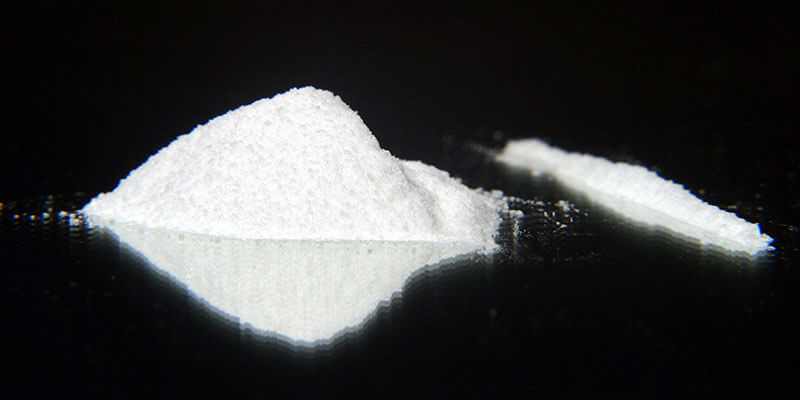Cocaine is made from coca leaves. The active ingredient is extracted from the leaves using one of two methods: solvent extraction or acid extraction.
To put it simply, the coca leaves are picked and processed into a paste. The paste is then purified in order to produce a type of paste which can be turned into cocaine hydrochloride. This is the powdered form of cocaine.
Here’s a basic gist of how cocaine is made:
- Coca leaves are plucked and dried. The leaves are ready when they become brittle. This is important because the leaves will rot if they are not completely dry. The leaves are then ground down and processed until they become a crude paste.
- The active ingredient in the coca paste is then extracted through one of the following techniques:
Solvent extraction process
Ground coca leaves are dusted with an inorganic base like carbonate salt or lime. Water is then added to the process, along with an organic solvent like gasoline or kerosene. This will turn the coca paste into a slurry. This solution will separate cocaine from the leaves. To extract cocaine from the slurry, the slurry is heated before going through an entire process that involves filtering, pressing or siphoning the cocaine from the mixture. This mixture is then mixed with dilute sulfuric acid. This separates the organic solvent and leaves behind a solution with cocaine sulfate. Cocaine sulfate is then further processed until it becomes coca paste.
The efficiency of this stage will depend on:
- How fine the coca leaves have been chopped
- The length of time that the slurry has been left to sit
Acid extraction process
Dried coca leaves are mixed with dilute sulfuric acid. This mixture is then stomped on for 1 to 2 hours. The sulfuric acid will actually convert coca leaves to cocaine sulfate. This mixture is then heated and filtered. The acid extraction process involves 3 to 5 stages. More dilute sulfuric acid will need to be mixed into the solution, which needs to be stomped again. At the final stage, lime or carbonate is added into the acid. This creates a mixture that has a paste-like consistency, which will be mixed with kerosene and allowed to sit for some time. The final product is then filtered to create a paste.
Coca paste is transformed into a powder, which is also known as cocaine hydrochloride. This form of cocaine is what drug dealers sell. This purification process involves dilute sulfuric acid and potassium permanganate.
Coca farmers will usually receive anywhere from $1.30 to $3.00 per kilogram of coca leaves. In general, 1 kilogram of cocaine base takes 450 to 600 kilograms of coca leaves to make. A brick of coke will cost about $1,800.



